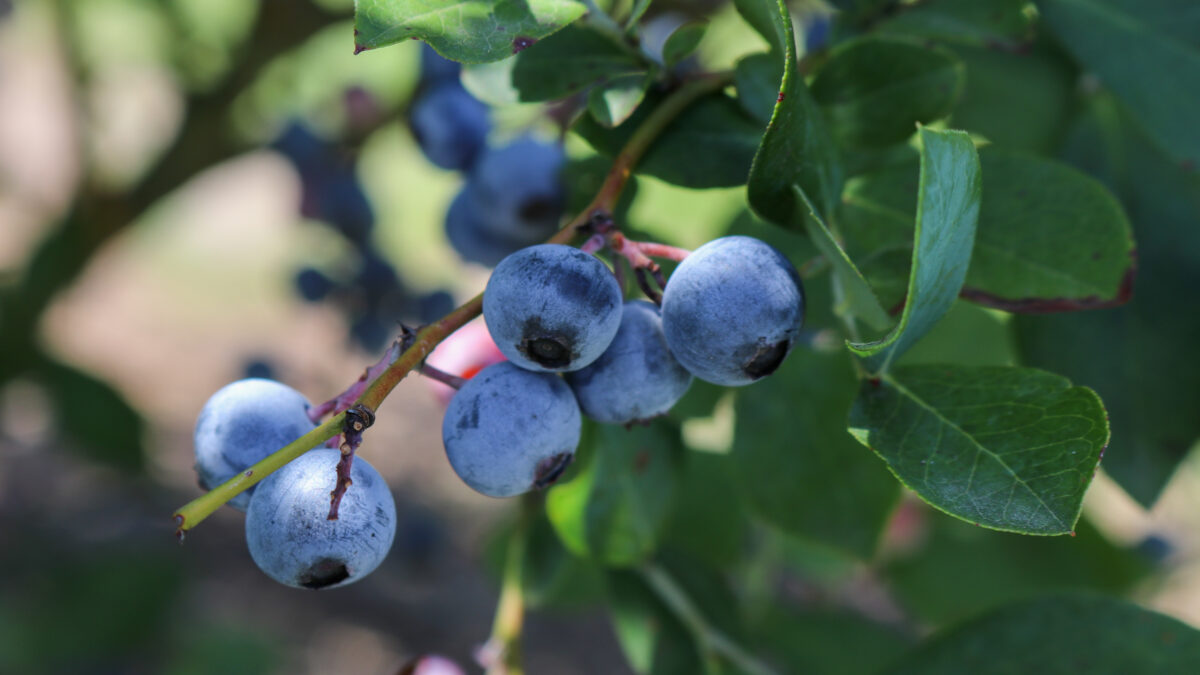The Battle for U.S. Seasonal Produce
Zippy Duvall
President

photo credit: Alabama Farmers Federation, Used with Permission
Zippy Duvall
President
There is a quiet a battle being waged to ensure the high quality food and fuel being produced by U.S. farmers and ranchers reaches eager consumers around the world. From non-scientific trade barriers to market prices and even constant changing trade agreements, it seems new challenges are always arising. That is why trade has long been a top priority for Farm Bureau. Farmers and ranchers feel these struggles directly and we want to ensure they have those tools of strong trade agreements and fair markets to win the battle.
We put special focus on this cause through our Trade Advisory Committee, made up of state Farm Bureau presidents who are tasked with researching trade challenges and opportunities and establishing recommendations.
Last week, I was joined by several TAC members in Traverse City, Michigan to meet directly with produce growers and industry leaders around the issues facing seasonal produce. It was really impactful to visit their farms, hear their stories and discuss changes they think need to be made.
U.S. farmers have shown time and time again that we compete and win in any market when we’re given a fair opportunity.
Our seasonal produce growers continue to be heavily impacted by the substantial increase in exports of fruits and vegetables to the United States. Since 2000 there has been a major influx of fruits and vegetables - an increase of more than 120%. Some of this increase is attributed to product dumping by other countries, which means they offload products at a price lower than their own market price and sometimes lower than the cost of production. And while there is a way for farmers who are harmed by product dumping to seek help from the federal government, the burden of proof falls heavily on us, and even when we successfully navigate that labyrinth, relief is far too slow in coming.
We saw firsthand as we toured Michigan orchards and processing facilities how harshly this issue is affecting them. They made a compelling case that there is simply no way for them to compete with countries who grow the same produce year-round and flood the U.S. market during the narrow 6-8 week window of harvest for U.S. produce.
Many of the farmers we visited shared that they originally moved to the area or switched over from row crops or dairy due to the great climate of the area and the booming market of seasonal produce. However, it now feels impossible to them to compete. They face no good options and must either accept the losing market or find another way to stay in business.
I’m always impressed by the resilience of farmers and this trip delivered more examples of it. One family completely switched their business model to make sure they kept their orchard going for the next generation. They turned their multi-generation apple orchard into a very successful business producing craft apple cider. Unfortunately, massive makeovers are not within reach for other producers we met. Frankly, I think forcing fruit (and other produce growers) to get into the processing or product development business to stay afloat amid a market flooded with imported products is an unfortunate road for our country to go down.
I also learned a lot from sitting down with many cherry, blueberry and other produce farmers to hear more in-depth about their concerns. It was alarming to me how many of them had to shut down their multi-generation orchards or consolidate just to stay afloat.
The seasonal produce industry is hard enough as it is, so hearing these stories of how they have had to completely change their channels of revenue, consolidate or ultimately give up farming altogether in order to support their families is simply heartbreaking.
U.S. farmers have shown time and time again that we compete and win in any market when we’re given a fair opportunity. However, when it comes to seasonal produce it’s not just about establishing fair international markets. We must ensure fair competition for farmers right here in our own market.
These individual stories are compelling on their own, but collectively they impact the strength and stability of our food supply. They color in the picture of what needs to be done and also help illustrate for the public and our elected leaders just how steep the climb can be for farmers who are eager to persevere. Our specialty crop growers are at a crossroads, and our federation stands with them in calling for action. Leveling the playing field at home and abroad must be a priority for lawmakers and trade officials.
Trending Topics
VIEW ALL